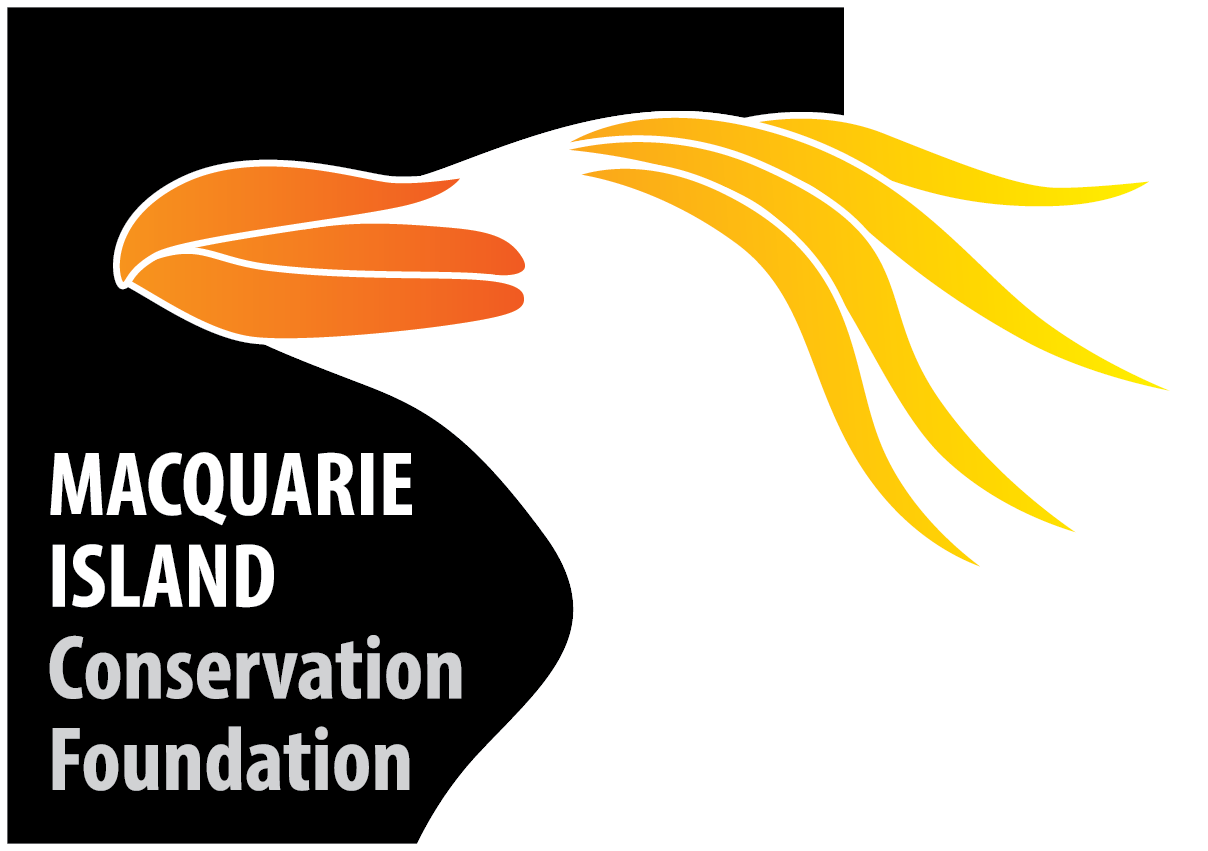
The Landscapes of Macquarie Island
The golden plateau
While the slopes are mostly combinations of green, thick spongey grasses turn much of the undulating Macquarie Island plateau golden. Bubbling streams drain small lakes and bogs, while on higher ground Antarctic prions call from their burrows which makes the hills sound like they are singing. Skuas lurk nearby and tiny ferns and delicate fungi poke up through the golden grasses.
Feldmark occurs along the highest parts of the plateau. Gravelly terraces, bordered by the endemic cushion plant Azorella, mosses and lichens, form striking patterns and are frequently buffeted by the strongest winds. Gnarly and rocky ridges and modest peaks are interspersed with lakes and tarns that are scattered across the plateau. There are over 42 lakes across the plateau.
Plateau peaks and Azorella
The Featherbed and the rugged west coast
On the north-west coast the water-logged featherbed lies between the gnarly offshore rock stacks and the steep coastal slopes. Fungi and endemic orchids are two of the tiny surprises to be found on the featherbed, along with jagged caves, deep pungent elephant seal wallows, bright green Sphagnum moss patches, and cold peaty depths under the mires. Further south the west coast is at its most rugged.
South-west albatross slopes
The south-west is the stronghold of the soaring albatross and the endemic cushion plant Azorella. Access to the south-west corner of the island is restricted to protect important seabird breeding habitat. Each year only a handful of wandering albatross chicks nest amongst the tussock on the windswept hills while the other three albatross species (light-mantled sooty, grey-headed and black-browed) nest along the steep coastal slopes.
The south-east coast to Hurd Point
This south-east coast is home to the largest colonies of two penguin species – impressive congregations of king penguins at Lusitania Bay and endemic royal penguins at Hurd Point. The rest of the rocky coastline is the domain of scattered fur seals and small clusters of rockhopper penguins that hide amongst boulders and thick megaherb cabbage. Beaches consist of coarse black sand or rounded cobbles.
Sandy Bay and the Nuggets
The north-east is generally the most sheltered coast of the island, except for big easterly storms several times a year. Historic remnants along the coast are reminders of the island’s wildlife exploitation era that ended just over one hundred years ago. The headquarters of the last stage of the oiling industry was at the Nuggets, located near large breeding colonies of royal penguins. Rusting digesters, graves and hut remnants can still be seen. It is one of many historic sites that are scattered around the island.
The Isthmus and North Head
The narrow isthmus on the northern end of the island is home to the Macquarie Island Research Station which has been operating continually since it was established there in 1948. The isthmus is also important breeding habitat – the biggest gentoo penguin breeding colonies and the largest elephant seal harems are found there. North Head, the northern tip of Macquarie Island, has small secluded bays that are a refuge for fur seals. Macquarie Island was discovered by sealers in July 1810 and the fur seals were quickly exterminated. The population has slowly increased with North Head as the fur seal stronghold.
Coastal waters
The coastal waters of the island feature large coastal rocks have swirling kelp skirts and bands of pink coralline algae. The Nature Reserve extends out to three nautical miles from the coast and includes an islet to the north and another to the south. Narrow shallows surround the island which rapidly drops away to much deeper waters. It is important foraging habitat for seals, seabirds and orca.








